
- •A Balance of Power
- •1. Answer the following questions:
- •2. Match the word in column a with the word in column b to form the right collocation:
- •3. Put the appropriate preposition into each gap in the following sentences:
- •Electing the President
- •1. True or false? If a sentence is false, correct it.
- •2. Answer the following questions:
- •3. Match the word in column a with the word in column b to form the right collocation:
- •Margaret Thatcher
Unit 7
Politics, Political System and Politicians
Text 1.
A Balance of Power
Congress

The men who met to write the United States Constitution had a difficult task. Although they wanted a strong leader, they also wanted a representative government. They wanted judges who would be independent of politicians. They did not want any part of the government to have too much power. Therefore, they divided power among three branches: legislative, executive, and judicial.
The three branches of government
The White House: the
President’s official residence

Although people often think that the President is the center of government, the Constitution lists the legislative branch first. The legislative branch is called Congress. It is made up of two parts: the Senate and the House of Representatives. The Senate has 100 members - two from each of America’s 50 states. The House of Representatives has more - 435. The number of members each state has in the House depends on the state’s population. The Constitution names two people in the executive branch - the President and the Vice President. In the judicial branch, the Constitution establishes a Supreme Court, which is the highest court, and gives Congress the power to create other courts.
Checks and balances
The Supreme Court
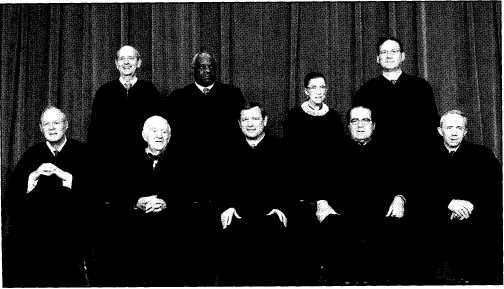
The Constitution gives each branch ways to limit the power of the other two. This system is called checks and balances. For example, the President can veto, or block, laws passed by the legislative branch (Congress). However, if Congress can gather enough votes, it can override, that is, reject, the President’s veto. Congress can even vote to remove the President from office if the President has done something illegal. Finally, the Supreme Court can reject both the laws passed by Congress and the actions of the President, if it thinks that the laws and actions are unconstitutional.
Figure 1 shows some of the most important checks and balances.
A federalist system
The U.S. Constitution also provides for a government based on federalism, that is, a balance of power between the federal, or central, government and the state governments. The federal government is responsible for things that affect American citizens as a nation. The state governments, on the other hand, are responsible for issues that relate to the states. However, both governments share certain powers.
Figure 1 Examples of checks and balances among the three branches of government
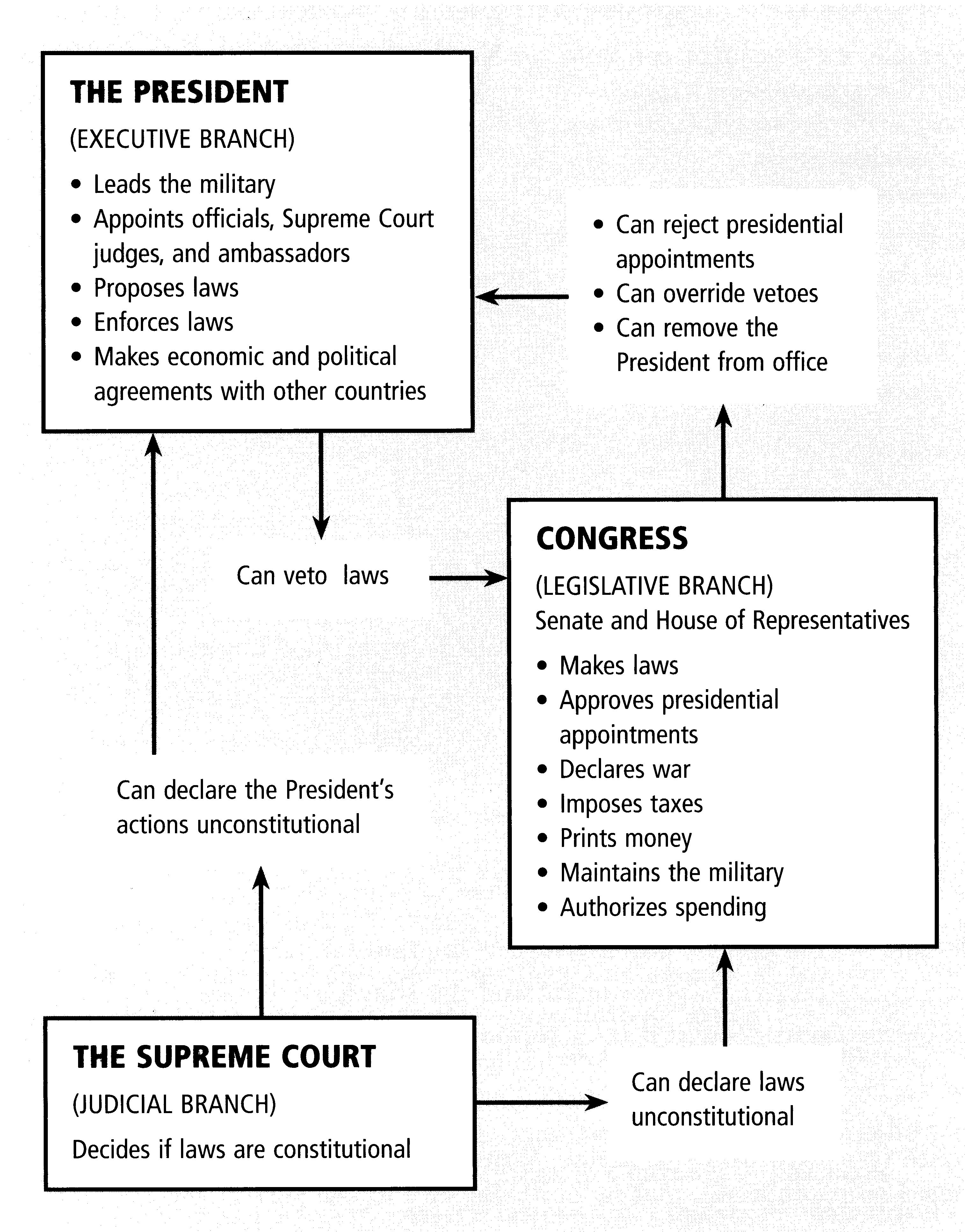
1. Answer the following questions:
Why did the men who met to write the US Constitution have a difficult task?
_________________________________________________________________________
What are the three branches of government in the USA?
________________________________________________________________________
Why does the Constitution list the legislative branch first?
__________________________________________________________________________
How many senators are there in the USA? Why?
_________________________________________________________________________
Why does the House of Representatives have 435 members?
__________________________________________________________________________
Why is the system of power in the USA called “checks and balances”?
__________________________________________________________________________
What is a government based on federalism?
__________________________________________________________________________
